American Civil War playing cards
American Civil War centennial playing cards designed by Teodoro N. Miciano and published by Fournier, Spain, 1961.
This pack was published by Fournier in 1961 to commemorate the centenary (1861-1961) of the American Civil War. The court cards depict the major figures of the Civil War, including Presidents Abraham Lincoln and Jefferson Davis and many of the Generals. The suits of spades and diamonds are devoted to Union figures, and hearts and clubs to the Confederacy. The aces represent some of the most important battles, while the fours of each suit are decorated with canons and the first two armoured ships – the Monitor and the Merrimac. There is a descriptive 16-page booklet which provides information about the battles, individuals and military images portrayed. The pack was designed by Teodoro N. Miciano. See the box►

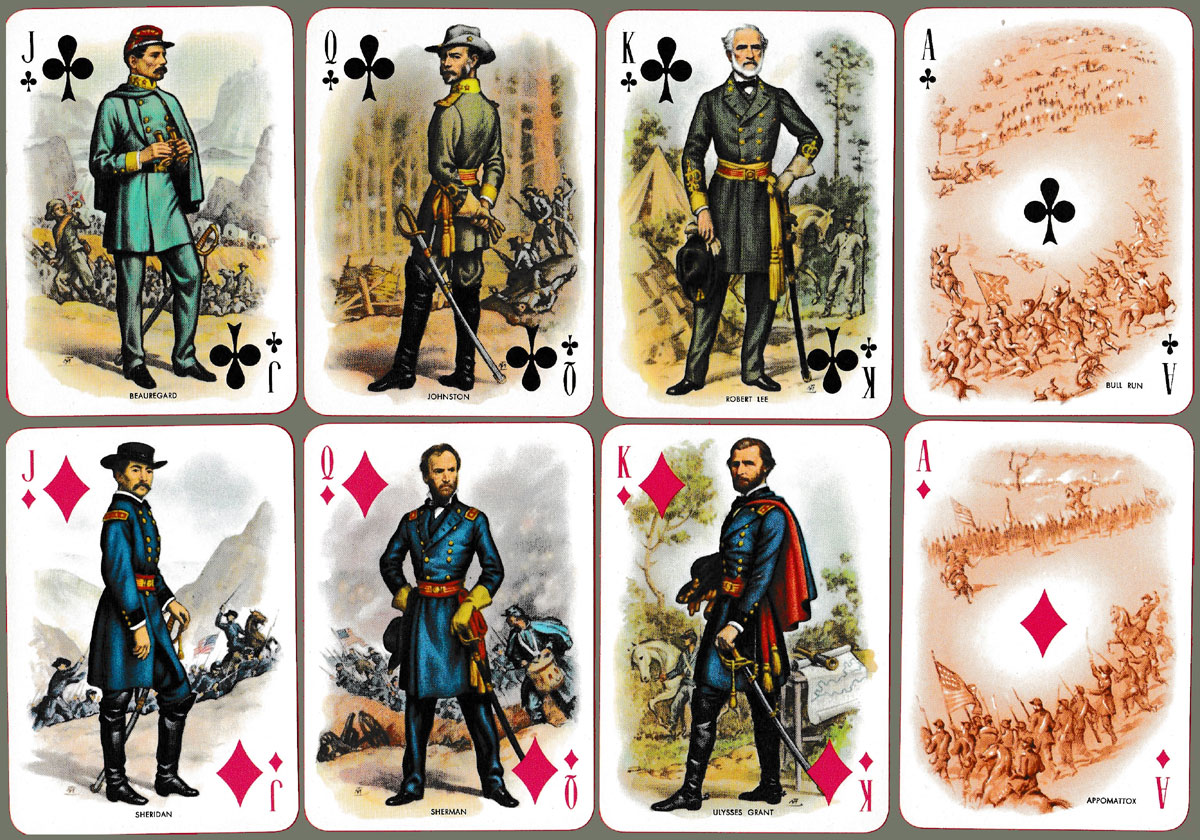
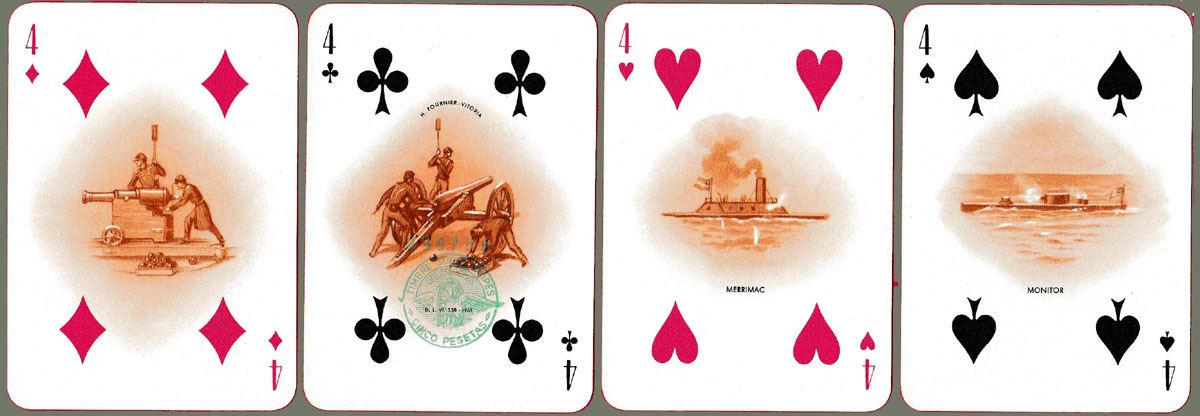
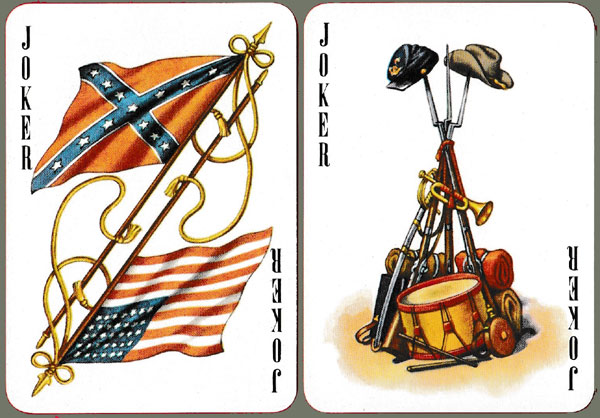
Above: American Civil War playing cards designed by Teodoro N. Miciano and published by Fournier, Spain, 1961.
Note: this pack appears in the Fournier Museum catalogue, p. 93 no.780.
By Peter Burnett
United Kingdom • Member since July 27, 2022 • Contact
I graduated in Russian and East European Studies from Birmingham University in 1969. It was as an undergraduate in Moscow in 1968 that I stumbled upon my first 3 packs of “unusual” playing cards which fired my curiosity and thence my life-long interest. I began researching and collecting cards in the early 1970s, since when I’ve acquired over 3,330 packs of non-standard cards, mainly from North America, UK and Western Europe, and of course from Russia and the former communist countries.
Following my retirement from the Bodleian Library in Dec. 2007 I took up a new role as Head of Library Development at the International Network for the Availability of Scientific Publications (INASP) to support library development in low-income countries. This work necessitated regular training visits to many sub-Saharan African countries and also further afield, to Vietnam, Nepal and Bangladesh – all of which provided rich opportunities to further expand my playing card collection.
Since 2019 I’ve been working part-time in the Bodleian Library where I’ve been cataloguing the bequest of the late Donald Welsh, founder of the English Playing Card Society.

Leave a Reply
Your Name
Just nowRelated Articles

Postak – Las Postas
‘Postak - Las Postas’ playing cards commemorating the history of the Basque postal service, Spain, 1...

Holy Trinity Church playing cards
Holy Trinity Church commemoration playing cards, USA, 2011.
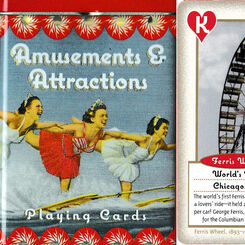
Amusements and Attractions
‘Amusements and Attractions’ playing cards showing the fun and excitement of America’s amusement par...
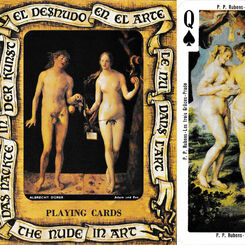
El Desnudo en el Arte
The Nude in Art / El Desnudo en el Arte, Spain, 1977 (reprint 1990)

Baraja Fiesta Taurina
‘Baraja Fiesta Taurina’ bullfight playing cards published by Heraclio Fournier, Spain, 1975.

Secretos de Oriente
Secrets of the Far East playing cards featuring the designs of Violeta Monreal , Spain, c. 1991.

España Imperial
España imperial / Imperial Spain playing cards with artwork by Serny, published by Heraclio Fournier...

Medieval Life playing cards
‘Medium Aevum’ (Medieval Life) playing cards designed by Violeta Monreal, published by Heraclio Four...
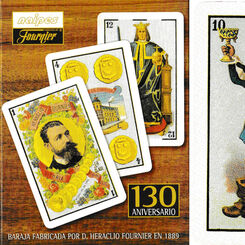
Naipes Heraclio Fournier 130th Anniversary
Baraja conmemorativa del 130 aniversario de naipes Heraclio Fournier (1868-1998) Spain, 1998.

W.C. Fields Commemorative playing cards
W.C. Fields Commemorative playing cards, USA, 1972
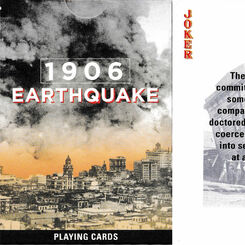
1906 Earthquake
Facts, figures, stories and scandals about the 1906 Earthquake published by the Golden Gate National...

Texas Sesquicentennial
Texas Sesquicentennial commemoration playing cards produced by Alief Products Company in 1985.

Rasta playing cards
Rasta playing cards celebrating the Rastafari religion.

Baraja El Quijote
Baraja El Quijote, facsimile of original deck designed by E. Pastor, reprinted by Naipes Heraclio Fo...

Deck of Reagan
“The Deck of Reagan” political playing cards produced by NewsMax Media Inc. in 2004.
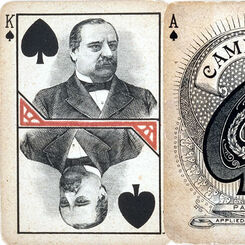
Grover Cleveland Presidential Campaign of 1888
Grover Cleveland Presidential Campaign playing cards of 1888, USA, [reprint 1980].

Liberated: America's Most Unwanted
“Liberated: America's Most Unwanted” playing cards published in support of the Iraqi War, c.2003.

War Profiteers playing cards
“War Profiteers” playing cards, USA, c. 2004.
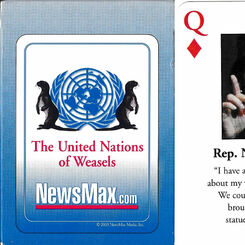
United Nations of Weasels
“United Nations of Weasels” anti-war political playing cards, USA, 2003.

Try’em playing cards
Try’em: the U.S. Regime Change, or “52 Most Wanted Criminals” c. 2003.
Most Popular
Our top articles from the past 60 days


 Your comment here. Your comment here. Your comment here. Your comment here. Your comment here. Your comment here. Your comment here. Your comment here. Your comment here. Your comment here. Your comment here. Your comment here. Your comment here. Your comment here. Your comment here. Your comment here. Your comment here. Your comment here. Your comment here. Your comment here. Your comment here. Your comment here. Your comment here. Your comment here. Your comment here. Your comment here. Your comment here. Your comment here. Your comment here. Your comment here. Your comment here. Your comment here.
Your comment here. Your comment here. Your comment here. Your comment here. Your comment here. Your comment here. Your comment here. Your comment here. Your comment here. Your comment here. Your comment here. Your comment here. Your comment here. Your comment here. Your comment here. Your comment here. Your comment here. Your comment here. Your comment here. Your comment here. Your comment here. Your comment here. Your comment here. Your comment here. Your comment here. Your comment here. Your comment here. Your comment here. Your comment here. Your comment here. Your comment here. Your comment here.




















